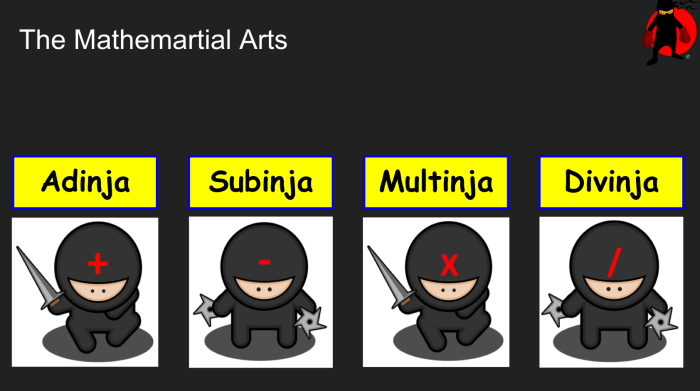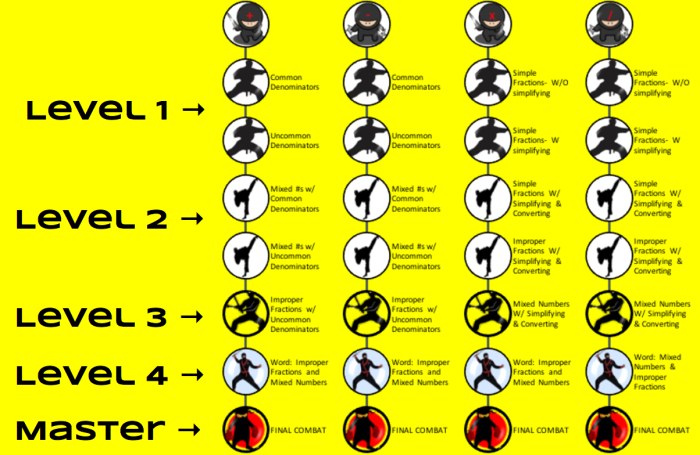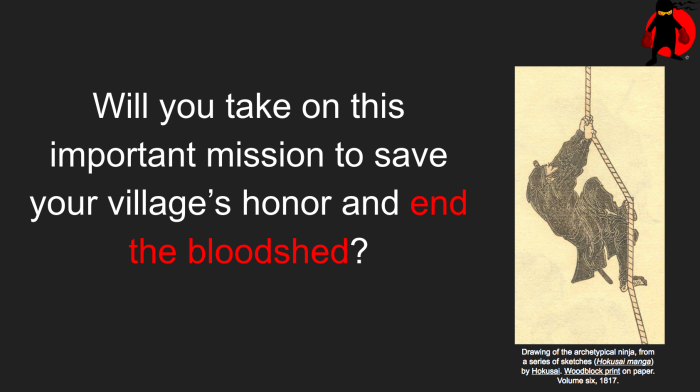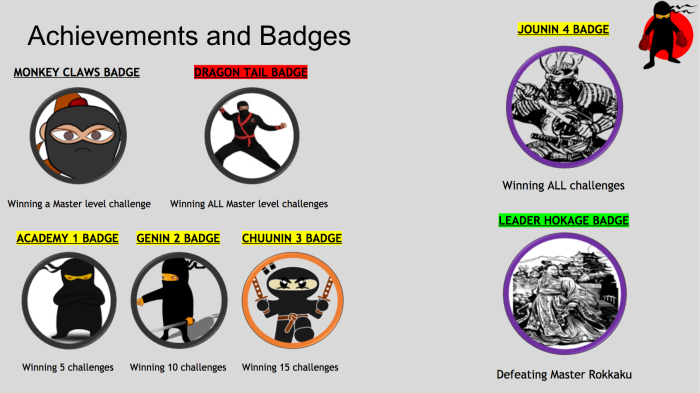During a recent team meeting we discussed students’ lack of excitement about both existing formative and summative math assessments (which we now call “Celebrations”- because who doesn’t like to have a party?!)
Thinking critically about what we can do to increase student motivation and involvement, the answer came immediately to me- Make it a game! I looked back at an earlier blog post I wrote while attending Boise State’s Master’s in Educational Technology, which dealt with, and highlighted the benefits of gamifying our classrooms- “games make us feel good, motivated, inspired to collaborate and cooperate, feel like this is the best version of ourselves, and help us find the motivation and courage to get up and confront obstacles.” I decided to share this idea with the team, and show them how the use of technology is not really reinventing the wheel, but rather it can take an existing activity and with a few simple technological innovations and creativity, make it unique and engaging.
So… How did I do this? Here are the eight steps you need to go through in order to gamify an assessment (or pretty much any other activity…):
- Figure out what you want to assess
- Categorize the different topics/skills, so that later you will be able to create challenges
- Under each category, come up with a number of challenges.
- Choose an interesting game theme
- Come up with a backstory (an interesting one!!!)
- Create a reward system and a set of badges
- Create the specific challenges
- Create a record sheet and print the badges
Here is a more detailed explanation with a concrete example:
1. Figure out what you want to assess
This is a simple one. What is the skill (or preferably set of skills) you have already planned to asses that you would like to improve? We wanted to assess pure computational skills, so we decided to assess students’ understanding of the four operations (addition, subtraction, multiplication and division of fractions).
2. Categorize the different topics/skills, so that later you will be able to create challenges
The four skills we decided to use are a good starting point because we will later come up with specific sub-skills under each area.

3. Under each category, come up with a number of challenges.
You can decide to organize the challenges in a descending order according to difficulty, according to theme/sub-topic, or to just create a list of challenges without any particular order. Keep in mind that some adventures require team work, which could require its own category. You could even create a different set of (both individual and team) challenges for different roles within a chosen topic (such as challenges for the team’s “Engineer”, ” Builder”, “Scholar”, etc.) I decided to keep it simple and organize the skills according to topic and difficulty levels. This is what the challenge hierarchy looks like (ignore the ninja theme. We’ll visit it later):

4. Choose an interesting game theme
In my class, we play a fun game called “Ninja”, where students try to “tag” each other, and at the same time they learn about becoming more mindful, attentive, resourceful, patient, and creative. So the decision to come up with a Ninja theme for this gamified assessment was not random…
Ideas for game themes would sometimes depend on the subject you wish to gamify. You can consider anything like “Conquer the World”, “Are you smarter than Einstein?”, “Become a skilled pilot” and more. Start with thinking about what your students are interested in.

5. Come up with a backstory (an interesting one!!!)
Choosing the Ninja theme had forced me to do a bit of research into the history, culture, weapons and moves used, and to find a specific historical event that would lure my students into the world of the Ninja…



6. Create a reward system and a set of badges
I decided to force students to work through all 4 operations, and to pass challenges in all levels before they attempt the ultimate duel with Lord Rokkaku. So if they don’t win at least one badge per level, they are not allowed to challenge the Lord. If they fail the challenge, they need to go back and collect a second badge by winning all challenges in a particular level.

 Need badge-making resources/ideas?
Need badge-making resources/ideas?- Try Googling it
- Find images (based on your theme) labeled for re-use with modification
- Use badges from ClassBadge (no longer supported so it’s all free!)
- Free to -reuse media:
7. Create the challenges
Initially I was thinking about creating our own task cards, like this one:

But then I decided to use a resource I have already been using, which is a set of ready-made Fractions task cards. I chose two cards for each of the levels, so that when students are ready for the challenge, I can pull them quickly. Please note that you do not necessarily need to create task cards. Some activities, like this Gamified Field Trip I put together, could be done using technology.
Another resource
8. Create a record sheet and print the badges
How are students going to receive their badges? Where are they going to store them so they (and you) can keep track of the great work they have been doing? I created mine on Google Docs


And… You’re done!
Here are the resources I created for this project:
- Google Slidesof the game, rules, badges, etc.
- Google Doc of the ideas for challenges (and some free to use ninja images)
- Google Doc of the student track sheet and teacher badges
*** Feel free to use as is or modify any of these resources!
And here are some more professional books you may wish to look into/ purchase:
- The Gamification of Learning and Instruction: Game-based Methods and Strategies for Training and Education (First Edition) by Karl M. Kapp.
- The Multiplayer Classroom: Designing Coursework as a Game by Lee Sheldon.
- Digital Game-Based Learning (First Edition) by Marc Prensky.

No comments:
Post a Comment